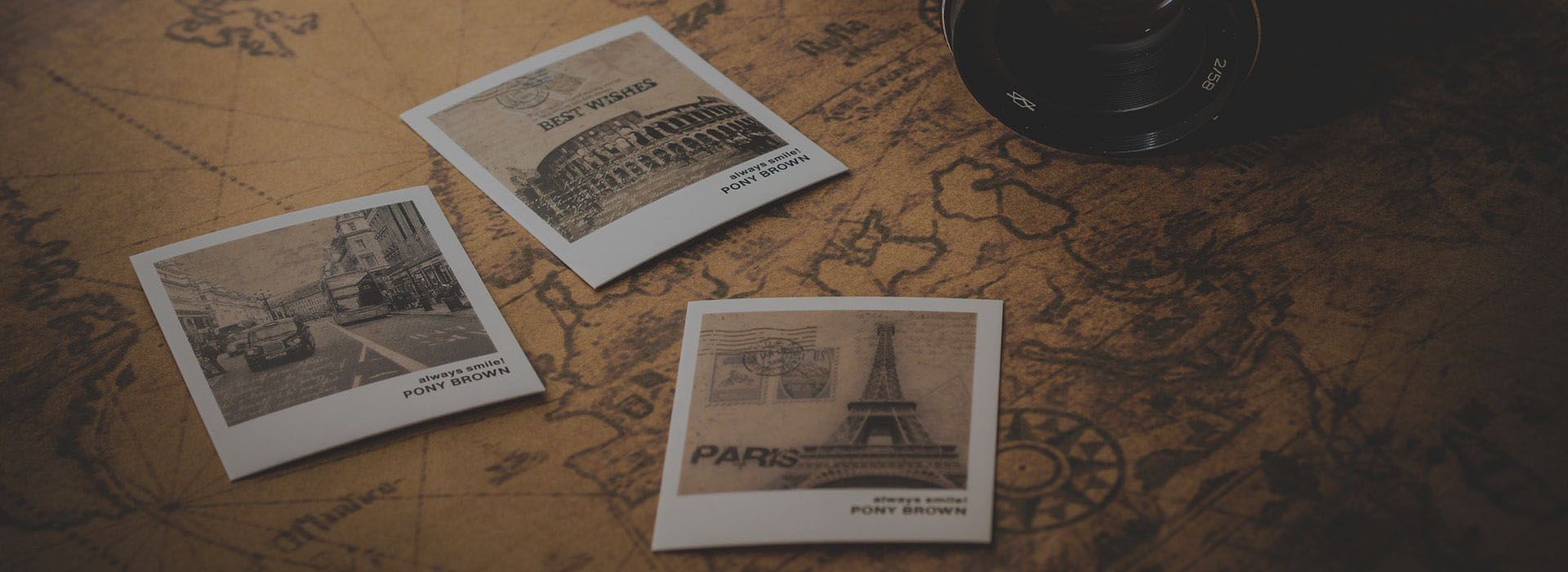Sichuan
Jiuzhaigou (Nine Village valley)
Literally named after the Nine Tibetan villages that populate the valley, Jiuzhaigou is a pristine natural park located 350 Km (or a short 30 minute flight) from Chengdu, the regional capital of Sichuan province.
Jiuzhaigou literally translates as Nine Village Valley because of the Nine Tibetan Villages are scattered throughout the valley. It is a stunning, beautiful place, known for its natural wonders of lakes, springs, waterfalls, streams, rivers and shoals.
The giant Panda, Golden Monkey and white-lip Deer inhabit the wilds of Jiuzhaigou. The local people are Tibetan or Qiang descendants and they are happy to share their beautiful culture which is truly memorable.
Jiuzhaigou enjoys four distinct seasons, from the lush Spring and Summer, the changing colours of Autumn and the tranquility of Winter as time seems to freeze like the lakes and waterfalls.
Huanglong
Also known as the Yellow Dragon Valley, the Huanglong region to the south/southeast of Jiuzhaigou was acknowledged as a National Park in 1983. The area is located in Songpan county, Aba Tibetan and Qiang ethnic minority autonomous prefecture, Sichuan province. It was originally thought that the limestone mineral patterns within colourful ponds and the yellow waters resembled a dragon’s tail and a temple was built to honour the yellow dragon – hence the valley name. Road entry to the area is the only way through the mountain pass where the picturesque snow-capped mountain landscape is one that just has to be photographed.
Mount Siguniang (Four Ladies Mountain)
Sat at between 5200m and 6500m above sea level, Four Ladies Mountain (also referred to as Four Sisters Mountain) sits emphatically on the Aba skyline. With the four peaks perennially covered in snow, the foot of the mountain offers lush forest cover, wild life and alpine meadows.
Shrouded in cloud and mist, these mountains are magical and cover an area of almost 450 km’s. The mountains took their name from the four daughters of the mountain God.
Dagu Glacier
A new attraction but an ancient icon, Dagu Glacier shines like a huge pearl embedded in the mountain side. Glacial lakes reflect the purity of the water. Dagu Glacier is a rare contemporary glacier and a new resort makes a visit so much more accessible. Modern cable cars takes the hard work out of visiting a spectacular piece of nature.
Songpan Town
If you travel to Jiuzhaigou or Huanglong by road, be sure to include Songpan Town on your itinerary. Songpan is an ancient stone walled town that has been used as a military out post in times gone by due to its strategic location, enabling it to view invaders from afar. This region of Sichuan Province is rich in ethnic culture including the minority groups of Tibetan, Qiang, Hui and Han.
Ethnic Tibetan and Qiang Culture
The cultures that make up Aba are colourful, ancient and beautiful. The Qiang people have inhabited this region for thousands of years and are referred to as ‘Mountain Dwellers’, famed for their ability to construct roads and bridges in the harshest of terrain. The Qiang people are a colourful and practical people.
Tibetan Culture is as ancient as its landscape. Enjoy an insight into this deeply religious and spiritual culture which has evolved over thousands of years. Tibetan architecture is evident throughout Aba, with temples and monasteries sat on high peaks facing to the South. These buildings are typically white on the outside yet rich in colour on the inside.
A visit to Aba offers an insight into cultures as beautiful as their landscapes.
Chengdu
Chengdu is the capital of Sichuan Province and is located in the west of the Sichuan Basin and in the centre of the Chengdu Plain. Chengdu covers an area of 12.3 thousand square kilometres with a population of a little over 11 million people. The history of Chengdu can be traced back 2400 years to when the first emperor built his capital there and named the city. Through the many years, its original name has been kept and its position as the capital and as the significant centre of politics and trade in the Sichuan area has remained unchanged. Chengdu has been famous for its brocades and embroideries since the Han (206B.C.-220) and Tang (618-907) Dynasties when its handicraft industries flourished. Shu embroidery with its bright colours and delicate designs still enjoys a high reputation, ranking among the four main embroideries in China. Chengdu was the place where the bronze culture, an indispensable part of the ancient Chinese culture, originated, the place where the Southern Silk Road started, and was the place where the earliest paper currency, the Jiaozi, was first printed.
Panda Breeding and Research Centre
Located some 10km away from downtown Chengdu, the Panda Breeding and Research Centre has been created and imitates the pandas’ natural habitat so that they have the best possible environment for rearing and breeding. The Research Centre covers an area of 92 acres and in addition to the Pandas, the Centre also cares for other rare and endangered wild animals. Giant pandas, lesser pandas, black-necked cranes, white storks as well as over 20 species of rare animals are fed and bred there throughout the year.
Bifengxia Panda Reserve
Located 150 kilometres from Chengdu, the capital city of Sichuan Province, Bifengxia Panda reserve offers the opportunity to get up close and personal with one of China and the worlds cuddliest icons. The Panda reserve is an eco friendly environment designed to most accurately resemble the natural environment of the Giant Panda. Pandas are native to Sichuan Province, and visitors come from far and wide to enjoy this unique and illusive creature. The Panda base has been open since 1999, and is home to many of the Pandas previously housed at Wolong, the Panda reserve badly damaged due to the devastating earthquake which hit Sichuan Province in may 2008.
The Jinsha Museum
The Jinsha Museum was built over a three-square kilometre excavation site which was discovered some six years ago in the western suburbs of the city. Built at a cost of 400 million yuan, the museum showcases a trove of ancient Chinese treasure of gold human figurines, fish shape belts, copper hoes, jade axes, jewellery and other relicts from the prosperous Shang and Zhou dynasties. The site is one of the most significant archaeological discoveries of the 21st century in China. Thousands of gold plates, jade articles, stoneware, bronze ware and ivory from the Kingdom of Shu (221-263) were discovered from the site. Among them the Holy Bird is the most famous one that has become the sign of China’s Cultural Heritage.
Wenshu Temple
Wenshu Temple was originally built during the Tang Dynasty (618-907) and is the best preserved Buddhist temple in Chengdu. Wenshu Temple offers peace and quiet from the thriving metropolis that is Chengdu. The temple includes more than 500 works of art dating back over 1000 years including the Jade Buddha brought from Burma to China in 1922 by Xing Lin, a Buddhist monk who walked the entire distance.
Du Fu Cottage
Du Fu was a famous Chinese poet who inhabited this residence over 1000 years ago during the Tang Dynasty (618-907). The Cottage was abandoned for hundreds of years and was restored primarily during the Qing Dynasty (1644 – 1911) and the detailing on the inside of the thatched cottage is largely of this period. The area in which the cottage sits is over 50 acres in size.
Peoples Park/Square (Renmin Square)
By day or night, Renmin Square is a hub of activity. Early morning, join in and practice your Tai Chi. By day people gather to talk or play cards, or by night to sing and dance. The evening is a wonderful time to visit the Square and join in with the locals as loud music plays and people of all ages enjoy themselves. You will be made welcome!
Sichuan Hotpot!
A real highlight for anyone who enjoys regional gastronomy. A steaming metal bowl of stock (often infused with hot chili – a specialty of the area), your favourite foods are added to the mix including meat and local vegetables and cooked to your liking. Enjoy this treat in a local restaurant and soak up the local culture.
Sichuan Opera
Opera in the western world is often denotes tuxedos and ball gowns – this is not the case in Sichuan. A performance of Sichuan Opera is more likely to offer an insight into Sichuan culture including the impressive face changing dance, hand puppetry and physical comedy. Well worth spending a couple hours of your evening.
Huanglong
Also known as the Yellow Dragon Valley, the Huanglong region to the south/southeast of Jiuzhaigou was acknowledged as a National Park in 1983. The area is located in Songpan county, Aba Tibetan and Qiang ethnic minority autonomous prefecture, Sichuan province. It was originally thought that the limestone mineral patterns within colourful ponds and the yellow waters resembled a dragon’s tail and a temple was built to honour the yellow dragon – hence the valley name. Road entry to the area is the only way through the mountain pass where the picturesque snow-capped mountain landscape is one that just has to be photographed.
Leshan – Giant Buddha
Leshan in Sichuan Province is a city most famous for the incredible statue of the Giant Buddha and the gateway to impressive Emei shan or Mount Emei as it is known. At over 70 metres tall, discover the largest seated Buddha in the world and one of China’s UNESCO World Heritage Sites; the Leshan Giant Buddha. Built over 1300 years ago by a local monk who wished to safeguard passing boats from the treacherous rivers below, the Buddha was carved into the red sandstone face of Lingyun Hill and is surrounded by elegant bridges, ancient shrines and temples.
Emei Shan
Emei Shan (Mount Emei) is one of the four scared mountains of Chinese Buddhism. At one time the mountain was home to over 100 temples and whilst many are no longer in tact, this should not discourage visitors in any way. The natural scenery is prolific and the culture, complete with temples if evident.
Emei Shan is 130 kilometres from Chengdu in Leshan County and should without doubt be combined with a visit to the Giant Buddha. Accommodation is provided at both the peak and base of Mt Emei. The four key scenic sites are Baoguo Temple, Qingyin Pavilion, Wannian Temple, and Golden Summit.


